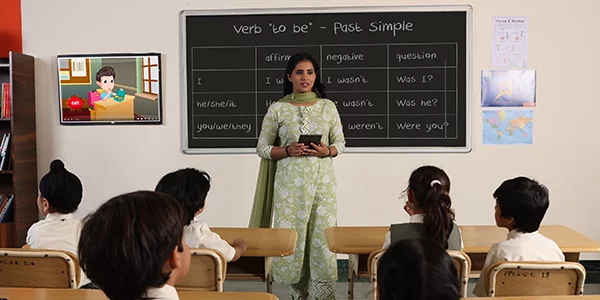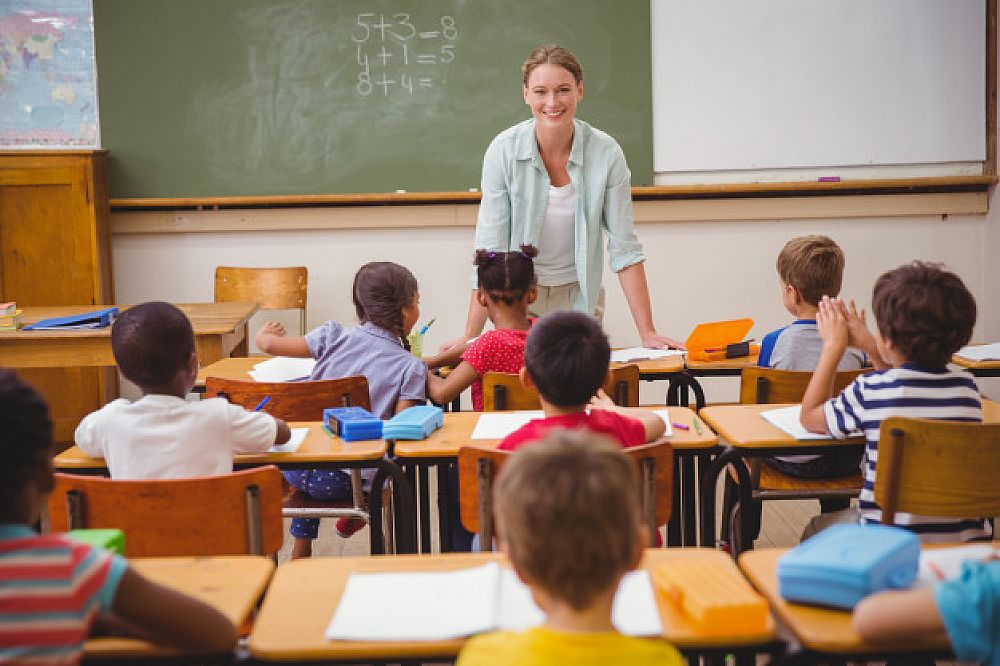Checking Out the Different Teaching Methods in Key Science Education And Learning Today
The landscape of key scientific research education is developing, with numerous training approaches acquiring prestige in contemporary class. Inquiry-based knowing, hands-on experiments, and the assimilation of technology are redefining exactly how educators engage young minds. Additionally, joint strategies and separated guideline are being utilized to deal with the diverse needs of pupils, enhancing both involvement and understanding. As we examine these methodologies, questions emerge regarding their effectiveness and the ramifications for future educational techniques. What might these shifts in strategy mean for the following generation of students?
Inquiry-Based Knowing
Inquiry-Based Knowing (IBL) is an instructional technique that encourages students to discover clinical ideas via doubting, examination, and hands-on experimentation. This approach emphasizes the function of trainees as active individuals in their learning, advertising vital reasoning and analytic abilities. By engaging with real-world concerns, students end up being curious and determined, which improves their understanding of clinical principles.
In IBL, instructors function as facilitators, directing students as they browse their queries rather than supplying information directly. This student-centered technique enables for distinction, suiting various discovering styles and paces. Students develop skills in developing theories, developing experiments, and analyzing information, which are crucial for clinical literacy.
Furthermore, IBL promotes partnership among trainees, urging them to share concepts and findings. This cumulative questions promotes social abilities and a sense of neighborhood within the class. The procedure of questions encourages resilience, as pupils discover to accept failing as a stepping rock toward understanding.
Hands-On Experiments
Hands-on experiments are an important component of efficient scientific research education and learning, complementing the concepts of inquiry-based knowing. These experiments allow students to engage straight with scientific principles, cultivating a much deeper understanding with experiential understanding. By manipulating products and observing end results, young students can understand abstract concepts in substantial methods.
Such tasks advertise vital thinking and analytical abilities, as students hypothesize end results, conduct experiments, and examine outcomes. This procedure urges them to ask questions, refine their understanding, and develop a clinical mindset. Furthermore, hands-on experiments can be tailored to diverse understanding designs, making sure that all students have the opportunity to engage meaningfully with the material.
Additionally, hands-on experiments frequently urge partnership amongst peers, advertising synergy and communication skills. Working in teams makes it possible for trainees to share ideas, discuss findings, and pick up from one another, which improves their total instructional experience.
Incorporating hands-on experiments into the main science curriculum not only enhances the finding out atmosphere yet additionally grows a lifelong interest in scientific research. By proactively joining their education, students are a lot more likely to create an interest for scientific query that expands beyond the class.

Innovation Assimilation
Incorporating technology into key scientific research education and learning has ended up being progressively important in fostering student involvement and boosting discovering end results. Using digital tools, such as interactive simulations, virtual labs, and academic software, provides trainees with opportunities to discover clinical principles in innovative means. These resources facilitate a deeper understanding of complex subjects by enabling students to envision and adjust variables that would be impractical in a conventional classroom setup.
Furthermore, innovation combination urges individualized discovering experiences. Pupils can proceed at their own speed, reviewing tough ideas with multimedia resources, which satisfy various discovering styles. This adaptability not just sustains specific growth yet also cultivates a feeling of autonomy in learners.
Furthermore, technology serves as a bridge to real-world scientific research, visite site attaching pupils with present research study and specialist payments. Accessibility to clinical journals and on the internet databases expands pupils' perspectives on clinical inquiry and fosters critical thinking skills.
Collaborative Knowing
Collaborative learning plays an important function in primary science education by fostering synergy and communication abilities amongst pupils. This technique motivates students to collaborate, share understanding, and participate in analytical, which improves their understanding of clinical principles. By taking part in team tasks, students learn to express their concepts, listen to diverse viewpoints, and negotiate options, every one of which are important skills in both real-world and academic contexts.

Research study indicates that collective learning can lead to boosted motivation and interaction in scientific research topics, as students find pleasure best site in shared experiences (primary science tuition Singapore). In addition, this technique prepares trainees for future joint ventures, outfitting them with the skills required for efficient team effort in higher education and learning and specialist settings. Ultimately, welcoming collaborative understanding in main scientific research education and learning can dramatically improve the understanding experience and promote a much deeper understanding of clinical inquiry
Differentiated Instruction

Set apart guideline can materialize in various methods, such as varying the content, procedures, or products of learning. Teachers might use tiered projects that provide differing degrees of intricacy, enabling pupils to work at their respective preparedness degrees. Additionally, flexible grouping methods can assist in cooperation among trainees with different abilities, promoting peer understanding.
Evaluation plays a critical function in this approach, as it notifies guideline and helps teachers recognize each pupil's unique needs. Formative assessments, such as tests and monitorings, can direct educators in readjusting their strategies to improve finding out outcomes. primary science tuition Singapore. Ultimately, by executing differentiated direction in main scientific research education, educators can cultivate a much more reliable and equitable learning setting, empowering all trainees to reach their full potential in recognizing scientific sensations
Verdict
In summary, the varied training techniques in primary science education, including inquiry-based knowing, hands-on experiments, technology integration, joint learning, and differentiated direction, jointly add to an extra effective understanding environment. These approaches advertise essential reasoning, problem-solving abilities, and a much deeper comprehension of scientific concepts. By executing these strategies, instructors can produce encouraging and engaging classrooms that attend to the different requirements of pupils, eventually promoting a long-lasting rate of interest in scientific research and enhancing scholastic success.
Inquiry-Based Discovering (IBL) is a pedagogical technique that motivates students to check out clinical principles via doubting, investigation, and hands-on testing.Joint understanding plays an important role in key science education and learning by cultivating teamwork and communication abilities amongst trainees.Research study indicates that collaborative knowing can lead my review here to increased motivation and involvement in scientific research topics, as students locate enjoyment in shared experiences.In promoting an inclusive discovering atmosphere, separated direction emerges as a key strategy to accommodate the varied requirements and capabilities of trainees in primary scientific research education and learning. Inevitably, by implementing distinguished guideline in primary science education and learning, teachers can grow an extra reliable and fair learning atmosphere, empowering all trainees to reach their complete capacity in understanding clinical phenomena.